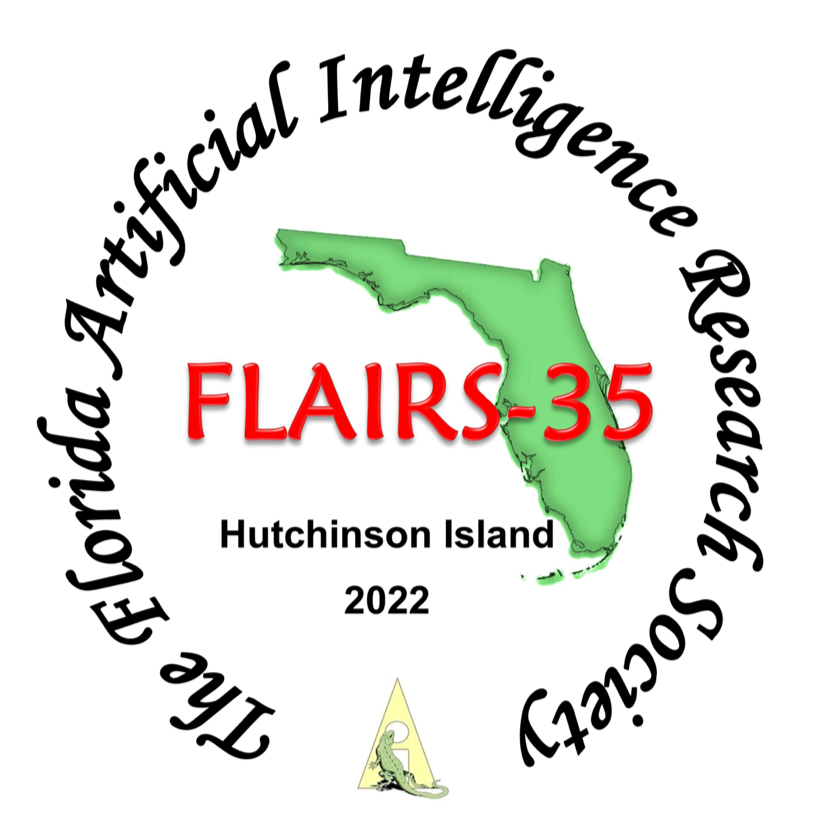Predicting the Severity of COVID-19 Respiratory Illness with Deep Learning
DOI:
https://doi.org/10.32473/flairs.v35i.130670Abstract
Patient care in emergency rooms can utilize urgency labeling to facilitate resource allocation. With COVID-19 care, one of the most important indicators of care urgency is the severity of respiratory illness. We present an early analysis of 5,584 patient records, of whom 5,371 (96.2%) have returned a positive COVID-19 test, to understand how well we can predict the severity of a respiratory illness given other features describing a patient using Deep Learning methods. The goal of our work is to illustrate the connection of our COVID-19 patient dataset with Deep Learning techniques, setting the stage for future work. The features in our dataset include when COVID-19 symptoms began, age, height, weight, demographics, and pre-existing conditions, to give a quick preview. We report train-test performance of a Deep Multi-Layer Perceptron (MLP) to predict the severity of respiratory analysis on a one-hot encoded scale of 5 labels. This 5-level scale is a truncation of our available labels, which we plan to extend and include in future work. We utilize a high-level of Dropout in order to avoid overfitting with our Deep Learning model. Further, we particularly study the impact of class imbalance on this dataset (Johnson and Khoshgoftaar 2019). We find that Random Oversampling (ROS) is an effective solution for decreasing minority class false negatives, as well as increasing overall accuracy. Readers will understand the performance of Deep Learning, with Dropout and ROS, to predict the severity of a COVID-19 patient’s respiratory illness in which patients are described with Tabular Electronic Health Records (EHR).
Downloads
Published
How to Cite
Issue
Section
License
Copyright (c) 2022 Connor Shorten, Taghi M. Khoshgoftaar, Javad Hashemi, Safiya George Dalmida, David Newman, Debarshi Datta, Laurie Martinez, Candice Sareli, Paula Eckard

This work is licensed under a Creative Commons Attribution-NonCommercial 4.0 International License.


